Meeting students where they are and working with them in the ways that work best for them is a challenging task. Positive Behavioral Interventions and Supports (PBIS) uses a three-tiered system of Response to Intervention, or RTI, to provide support for students based on their behavioral, academic, and social emotional skills.
With the right strategy and tools for intervention, it’s possible to help struggling readers in any PBIS tier improve literacy skills and develop confidence. Check out these intervention strategies for students who struggle with reading and see how the right approach can support everyone and lead to reading success.
3 Intervention Strategies for Struggling Readers
Every student is unique, but these strategies can work independently or together to give students more opportunities to learn essential concepts.
Intervention Through Differentiation
Solid differentiation strategies give every student what they need to strengthen their reading skills at their own pace. Differentiation is not one activity but a number of different tactics working together. It might include interest centers, flexible grouping—where students are placed in different groups depending on the subject and lesson—and even multisensory reading instruction that uses auditory, visual, and kinesthetic activities to engage students and open new pathways in the brain for learning.
Another way to differentiate content is by offering students reading materials about the same topic but on different reading levels to meet their individual needs. This strategy meets students where they are while maintaining a whole-class approach.
Choose reading programs based on student needs—for example, if a student struggles to associate sounds with the written symbols in a phonics-based reading program, try substituting a level-based program.
You may also try adjusting the learning environment by providing a variety of ways for students to interact with content. This could be through movement, manipulatives, digital activities, and traditional print activities while using ongoing assessments to measure and track success.
Targeted Student Intervention
Some students won’t respond to Tier 1 RTI, which is the methods that involve whole-group instruction. If the strategies and supports available to all students aren’t sufficient, it’s time to consider Tier 2 and Tier 3 student intervention. Tier 1 RTI students typically comprise 80% of the student population, while roughly 10-15% percent of students are Tier 2 RTI and 1-5% are Tier 3.
Tier 2 students receive intervention that targets their specific needs, such as phonics or comprehension, and can usually be delivered in the classroom, often in groups. Students who do not respond to Tier 2 RTI strategies are typically referred to specialists for a Tier 3 intervention to provide more intensive instruction using more specific approaches.
Both Tier 2 and Tier 3 students are identified based on objective school data, given more intensive help, and then monitored every week or two weeks. The data is then carefully reviewed on an ongoing basis and, if necessary, new interventions are tried.
Addressing Each Tier Appropriately
It’s important to choose suitable materials to meet each student’s needs. Some students may struggle with one reading component, such as comprehension, while others struggle with a variety of reading components, from phonemic awareness to reading fluency and vocabulary development. It is crucial that educators help students overcome these deficiencies as quickly as possible so reading lags don’t compound over time and impact success in other subjects.
Read More on Intervention Strategies
Whether you are teaching literacy or a specialist working with ELL or special education students, understanding intervention and offering struggling readers the support they need is crucial, both in and outside the classroom. Read more blog posts about how to support your struggling readers on our Reading & Literacy page.

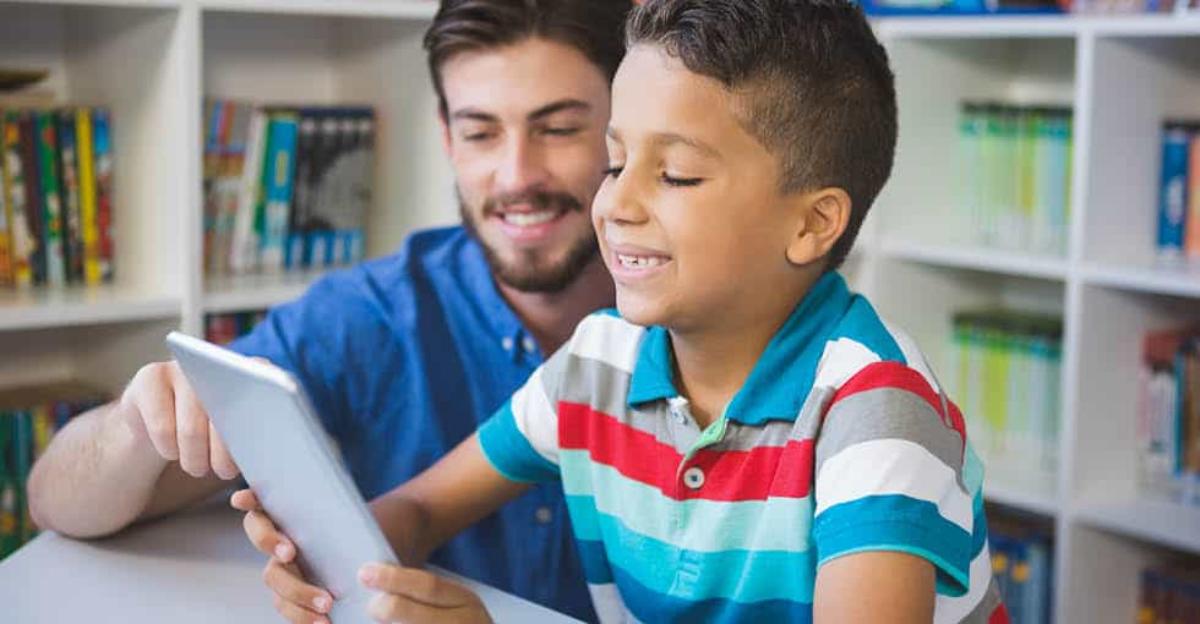
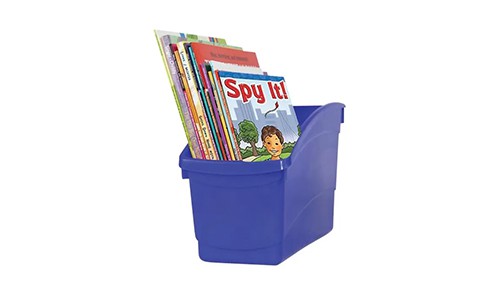
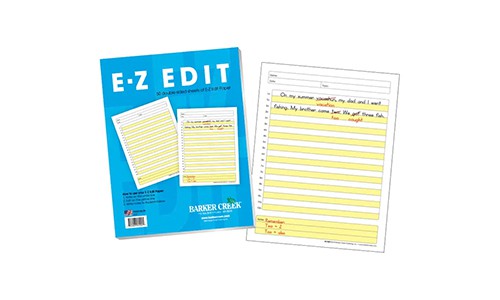
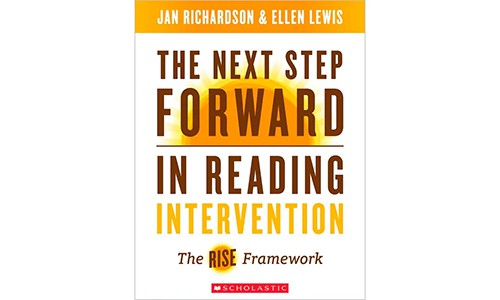
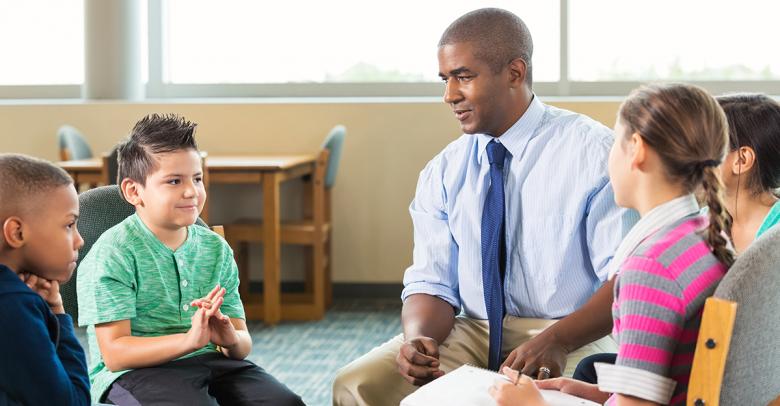
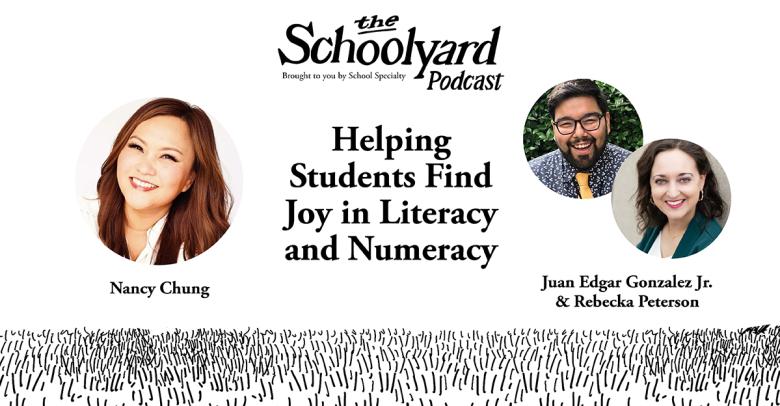

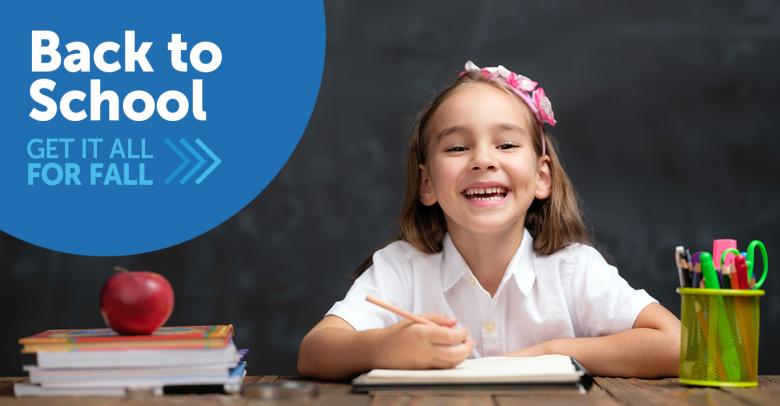
Leave a Reply